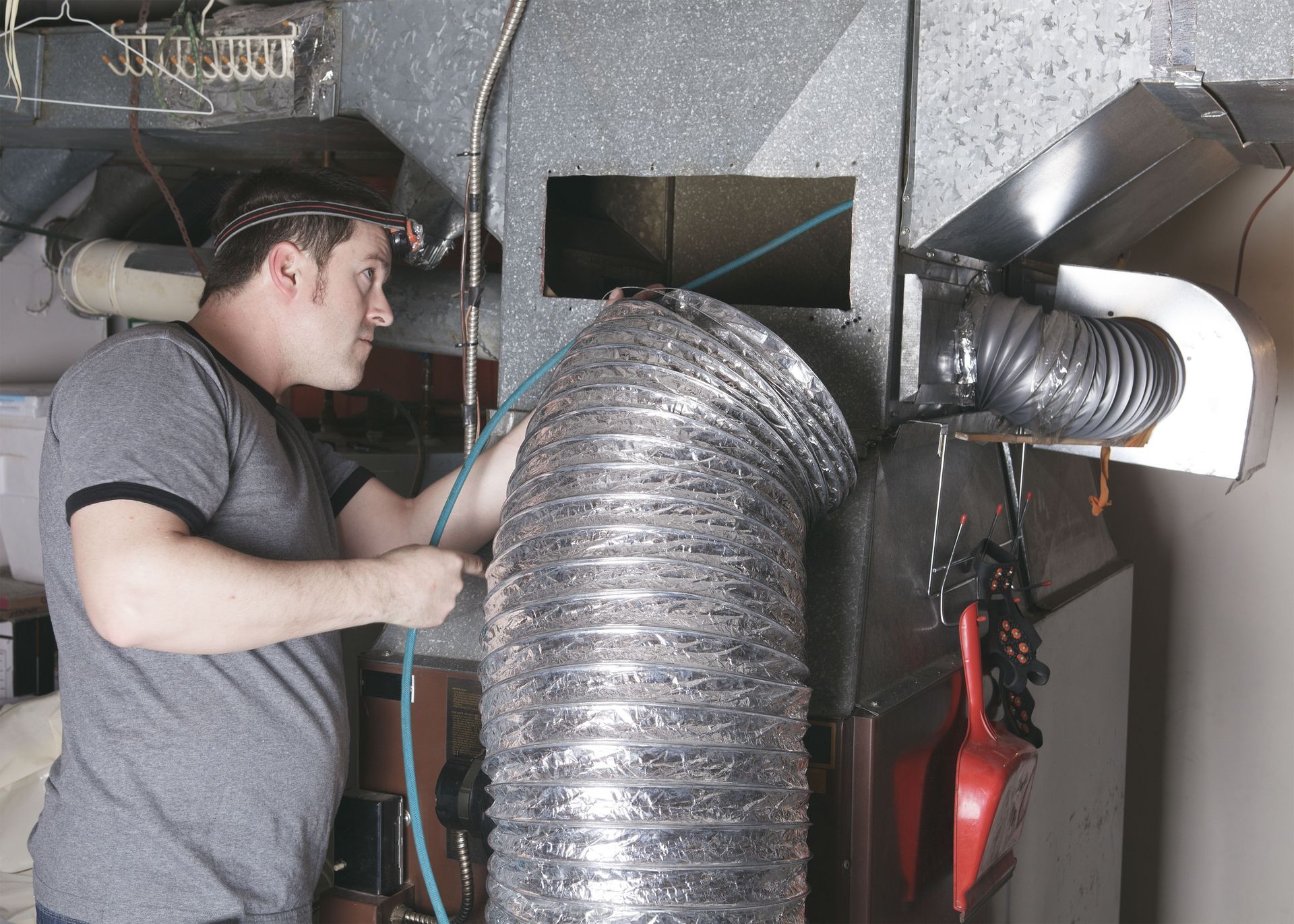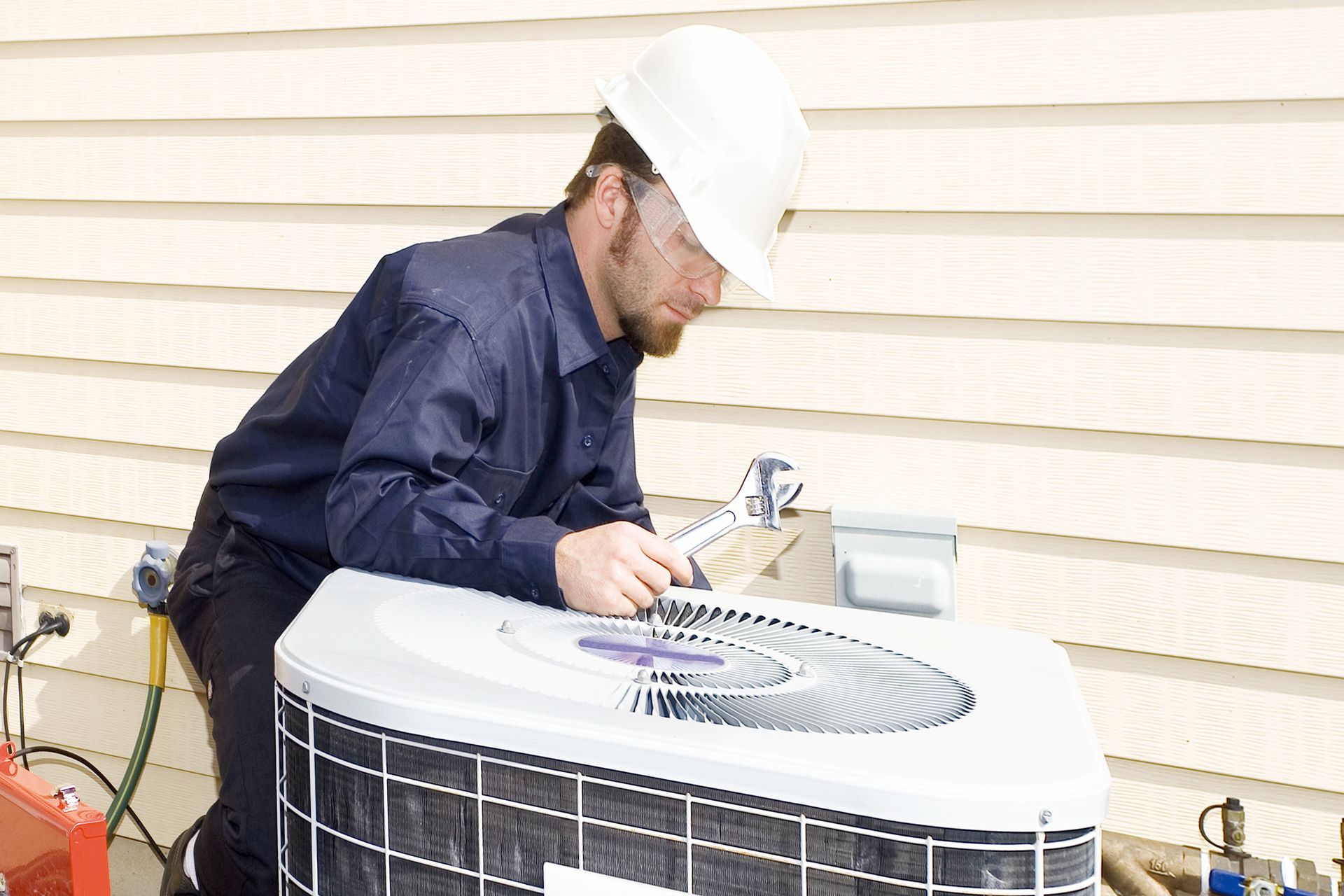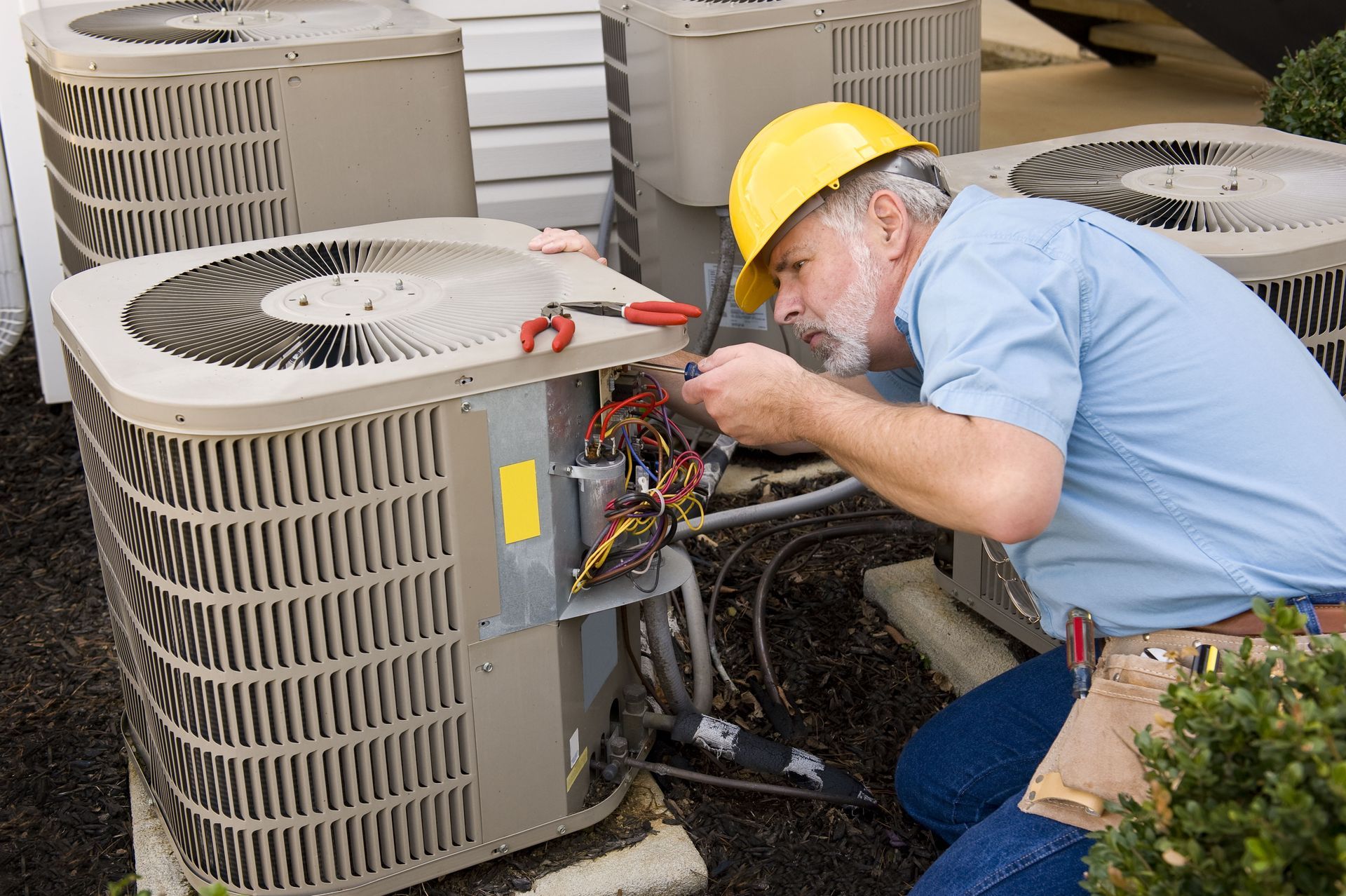3 Ways to Know When You Need HVAC and Furnace Repair
Maintaining a comfortable and safe home environment relies heavily on a well-functioning HVAC and furnace system. However, many homeowners are unaware of the warning signs that indicate repairs are needed. This article will outline the critical indicators that should prompt immediate attention to avoid costly breakdowns and ensure overall safety.
According to experts at This Old House, with proper maintenance, most HVAC systems last up to 20 years. Early detection of anomalies in your heating and cooling system plays a pivotal role in extending their longevity. Timely repairs and professional servicing can address minor issues before they escalate into significant problems, thus making regular system assessments and maintenance indispensable.
1. Recognize Unusual Noises
Heavy, metallic noises like banging or clunking are clear signals that something is amiss within your HVAC system. These sounds often originate from loose or damaged internal components such as blower motors or fan blades. If left unchecked, these issues can lead to more significant damage, resulting in costly repairs or even the need for a complete system replacement. Addressing these noises early through professional furnace repair and regular maintenance can help identify and rectify issues before they worsen.
Squealing or screeching noises are often indicative of worn-out belts or motor bearings in need of replacement. These high-pitched sounds typically occur when the belts are stretched or misaligned, reducing the system's efficiency. Regular inspection of these components can prevent potential breakdowns by ensuring they are in good condition. Addressing these issues early can also prevent additional strain on the system and prolong its functional lifespan.
Moreover, such noises can also signify that the motor bearings require lubrication or replacement. Failure to address these issues promptly can lead to increased friction and heat, accelerating the wear and tear on the HVAC system. Proactive maintenance strategies can help detect these issues early and ensure smooth functionality throughout the year.
Rattling noises are another common indicator of potential issues within the furnace or associated ductwork. These sounds often result from loose components that can cause further damage if not rectified promptly. In many cases, professional furnace repair is necessary to properly address the underlying cause and prevent more serious complications. Regular inspection of the system's parts and ductwork can help identify the source of rattling noises, while ensuring components are securely fastened and properly aligned can maintain the efficiency of the heating system.
Neglecting noises can cause elements within the system to degrade faster, leading to more significant issues down the line. Professional intervention can ensure that components like screws, nuts, and bolts are securely fastened to minimize these disturbances. Timely adjustments and replacements where needed can elevate system performance and prevent future maintenance complications.
2. Identify Inconsistent Temperature or Airflow
Uneven heating or cooling within the home can disrupt comfort levels and suggest underlying issues within the HVAC system. Such inconsistencies often stem from leaks in the ductwork or malfunctioning thermostats that impact system efficiency. Homeowners should remain vigilant about these temperature fluctuations and seek expert evaluation when noticed to maintain consistent comfort levels. Ensuring proper ductwork insulation and thermostat calibration can help address these concerns, promoting energy efficiency and cost savings.
Temperature inconsistencies can also indicate inadequate insulation, leading to significant energy loss and higher utility bills. In some cases, these fluctuations may signal the need for furnace repair to restore proper system balance and efficiency. Timely professional assessments can help pinpoint the root causes of such variations, recommending effective solutions tailored to the specific needs of the home. Homeowners should prioritize annual inspections to ensure ductwork integrity and thermostat calibration, maintaining uniform temperatures across different rooms.
Weak airflow is a common yet significant indicator of issues within the HVAC system that warrant immediate attention. Such airflow limitations can stem from clogged filters, blocked vents, or compromised blower fans, reducing system efficiency. Homeowners can mitigate these concerns by ensuring regular filter replacements and thorough inspections of the air vents. Addressing these airflow issues promptly can restore system performance, enhancing both comfort and energy efficiency.
Compromised airflow can also suggest duct blockages or mechanical malfunctions that necessitate professional evaluation. Timely detection and repair of these issues can prevent further system damage and escalation into more complex repairs. Engaging with HVAC professionals can provide valuable insights and recommendations for maintaining optimal airflow and preventing future blockages. Implementing regular maintenance schedules can significantly enhance performance, considering specific household needs and environmental conditions.
If homeowners find themselves frequently adjusting the thermostat, it may signal a miscalibration or need for repair. In some cases, persistent issues may point to underlying system problems that require furnace repair to restore proper functionality. Frequent adjustments can lead to increased wear and tear on the HVAC system, reducing its operational lifespan. Addressing these thermostat issues early on can enhance system efficiency and maintain consistent temperatures throughout the home. Professional evaluations and calibrations can provide reassurance, correcting any misconfigurations and ensuring reliable thermostat operation.
3. Monitor Energy Bills for Sudden Increases
Sudden spikes in energy bills without apparent changes in usage patterns can suggest inefficiencies within the HVAC system. Monitoring energy consumption is crucial, as sharp bill increases may signal component malfunctions requiring professional evaluation. Engaging with HVAC technicians can identify the root cause of these inefficiencies, recommending targeted solutions to enhance efficiency and reduce energy costs. Timely detection and rectification of system inefficiencies can protect against escalating utility costs and ensure optimal performance.
Inefficient cycling, characterized by short, frequent cycles, can waste energy and indicate the need for repair or replacement. These cycling issues often stem from miscalibrations or mechanical malfunctions that demand professional intervention. Professional assessments can accurately diagnose the cause of these cycling anomalies and recommend targeted solutions. Addressing these issues promptly can enhance system performance, promoting efficient energy use and prolonged operational lifespan.
Frequent system cycling can also strain various components, reducing their overall functionality and increasing repair costs. In many instances, this issue can be resolved through timely furnace repair, which helps correct the root cause and restore efficient cycling. Implementing professional troubleshooting can restore efficient cycling patterns, ensuring reliable performance throughout the year. Homeowners should prioritize regular evaluations to maintain consistent operation and minimize unexpected cycling variances.
Leaky ductwork can cause significant air loss, forcing the HVAC system to work harder and increase energy costs. Identifying and sealing duct leaks can enhance system efficiency and reduce utility bills, promoting optimal energy use. Professional inspections can accurately assess the ductwork condition and recommend effective solutions for sealing leaks.
Ductwork integrity plays a critical role in maintaining effective airflow and energy efficiency in the home. Recognizing and addressing these gaps can enhance airflow and prevent unnecessary system strain, optimizing energy consumption. Homeowners should prioritize regular assessments, considering specific environmental conditions and household requirements. Prompt attention to ductwork leaks can reduce energy loss and maintain reliable heating and cooling, preserving HVAC performance.
Being proactive about HVAC issues can prevent small problems from escalating into major system failures. From recognizing strange noises to monitoring rising energy bills, early detection is key to maintaining comfort and efficiency. If you notice any of these warning signs, don't delay in calling on professional HVAC and furnace repair specialists to restore your system's performance and help extend its lifespan. Contact High Point HVAC LLC for a free estimate.





Share On: